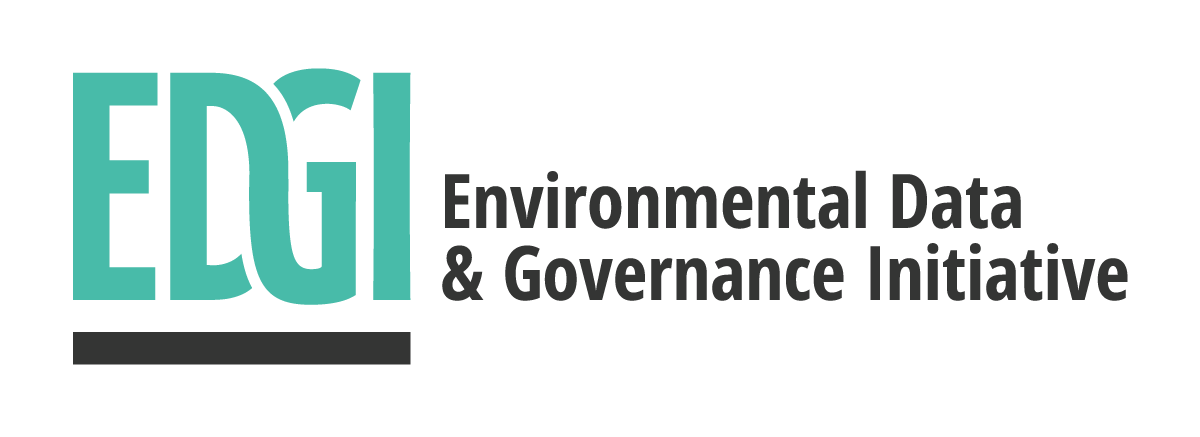Explore Our Alternative Tools for Contextualizing Hard-to-Access EPA Data
EDGI’s Environmental Enforcement Watch (EEW) team hosted ‘Building Civic Technologies for Environmental Data Justice,’ a five-part workshop series that explored the tools […]
EDGI’s Environmental Enforcement Watch (EEW) team hosted ‘Building Civic Technologies for Environmental Data Justice,’ a five-part workshop series that explored the tools […]
Is it as safe to drink tap water in Paterson as it is in more affluent, whiter communities nearby, such as Wayne? EDGI’s new tool, available at sdwa-eew.streamlit.app, is designed for college students to answer questions such as this and explore the intersection of drinking water safety with social justice in New Jersey.
I grew up in unincorporated Snohomish County, Washington—an area I often characterized, at the time, as the kind of place where people have guns and horses. As a kid, the woods behind my house felt like an endless adventure: a massive Pacific Northwest wetlands, where beavers would build ever-changing dams you might cross on foot (if you didn’t fall in), where stickerbushes grabbed at your clothes, and dripping thick underbrush would open up into spacious cedar groves that, even to a child, felt sacred.
This October marks the 50th anniversary of the 1972 Clean Water Act (CWA). With the original goal of eliminating point-source pollution within ten years, the CWA articulated nationwide water quality standards to protect both public health and wildlife habitats. Fifty years later, and over seventy years after the onset of hydraulic fracturing (or fracking), federal loopholes and the structure of the CWA itself have left fracking largely unregulated.
This month at the Science Writers 2022 Conference, EDGI members Kelsey Breseman and Eric Nost will host the virtual workshop ‘What’s in the Water? Stories in Federal Environmental Data’, demonstrating how science writers can utilize an open-source data science tool to discover stories and develop insights from the EPA’s records on Clean Water Act (CWA) pollution permits.
Webmaps that are meant to evaluate and “screen” neighborhoods for environmental injustices have seen a lot of interest in both the United States and Canada lately. From informing where to distribute climate funding in the US as “Justice 40” to Canada’s Bill C-226, the pursuit of environmental equity has led to a strongly felt need for data and mapping tools that overlay environmental health with racial and income disparities.
nationwide strategy to research and redress the disproportionate harms that Indigneous, racialized, and other socio-economically marginalized communities face from industrial pollution.
Image from Unsplash. By Kelsey Breseman The Sauk-Suiattle Indian Tribe is bringing a case against the City of Seattle over their treaty […]
Image shows the beta version of the federal Climate and Economic Justice Screening Tool. EDGI Urges CEQ to Incorporate Federal Enforcement Data […]
The Environmental Data & Governance Initiative’s analysis of the most recent EPA data (2020) shows the top ten companies in terms of […]
